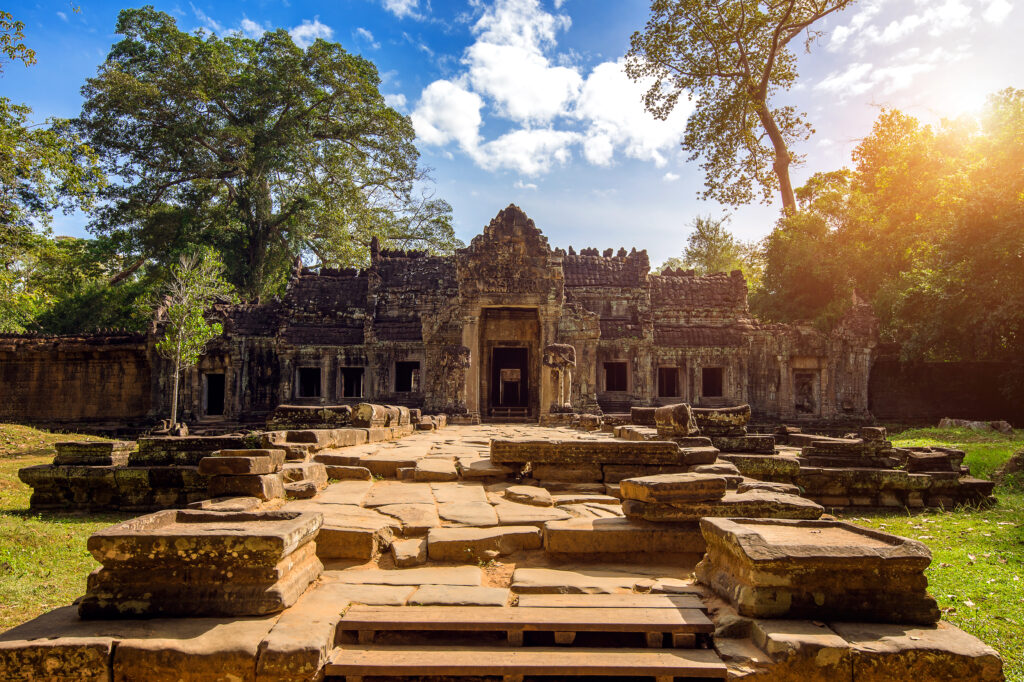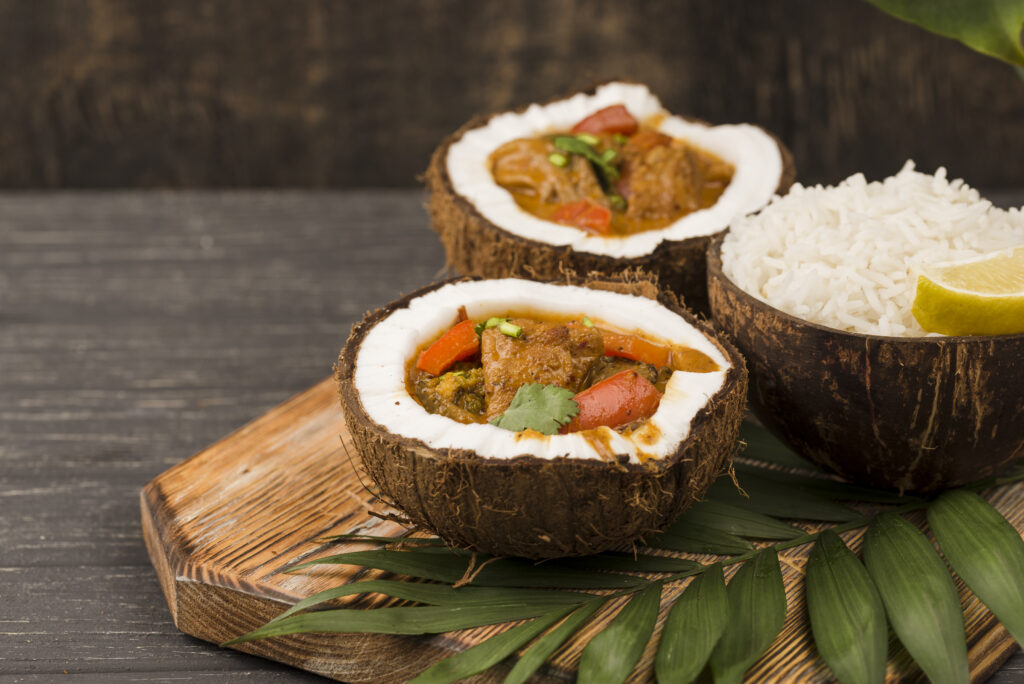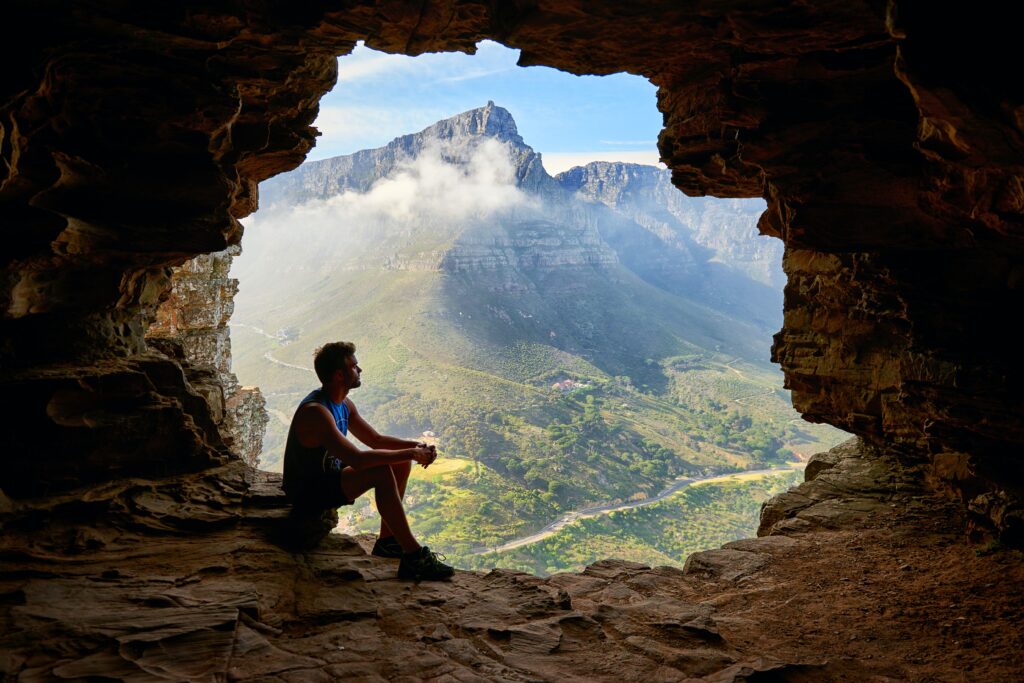Cambodia Tourist Visa
Tourist Visa For Cambodia
To obtain a tourist visa for Cambodia, you can choose one of the following options:
Visa on Arrival: Cambodia offers visa on arrival to citizens of most countries. This means you can obtain a tourist visa upon your arrival at one of the international airports (Phnom Penh, Siem Reap, or Sihanoukville) or at certain land border crossings. To apply for a visa on arrival, you will need:
- A valid passport with at least six months of validity remaining.
- One or two passport-sized photos (depending on the immigration checkpoint).
- The visa fee in cash (USD is widely accepted).
- A completed visa application form (available at the airport or border crossing).
E-Visa: Another option is to apply for an e-visa before you travel. The e-visa allows you to apply online and receive an electronic visa approval letter via email, which you can print and present upon arrival. To apply for an e-visa, you will need:
- A valid passport with at least six months of validity remaining.
- A digital passport-sized photo (in JPEG or PNG format).
- A valid credit card or debit card to pay the visa fee online.
- Access to a printer to print the e-visa approval letter.
You can apply for an e-visa through the official website of the Cambodian Ministry of Foreign Affairs and International Cooperation or through authorized third-party websites.
It’s important to note that visa requirements and procedures may vary depending on your nationality. It is advisable to check the official website of the Cambodian Ministry of Foreign Affairs and International Cooperation or contact the nearest Cambodian embassy or consulate in your country for the most accurate and up-to-date information on tourist visa requirements and procedures for Cambodia.
Cambodia Tourist Visa Requirement
To visit Cambodia as a tourist, you will generally need the following requirements:
Passport: You must have a valid passport with at least six months of validity remaining beyond your intended stay in Cambodia.
Visa: Most tourists visiting Cambodia will require a visa. There are different visa options available:
a. Visa on Arrival: If you are eligible for a visa on arrival, you can obtain it upon arrival at one of the international airports (Phnom Penh, Siem Reap, or Sihanoukville) or at certain land border crossings. This type of visa allows for a stay of up to 30 days. You will need to bring one or two passport-sized photos, the visa fee in cash (USD is widely accepted), and a completed visa application form (available at the airport or border crossing).
b. E-Visa: An e-visa is an online visa that you can apply for in advance. It allows for a stay of up to 30 days. To apply for an e-visa, you will need a digital passport-sized photo, a valid credit card or debit card for payment, and access to a printer to print the e-visa approval letter. You can apply for an e-visa through the official website of the Cambodian Ministry of Foreign Affairs and International Cooperation or authorized third-party websites.
c. Visa at Cambodian Embassies/Consulates: If you prefer to obtain your visa in advance, you can apply at a Cambodian embassy or consulate in your home country or country of residence before your trip. The requirements and procedures may vary, so it’s advisable to contact the embassy or consulate for specific information.
Proof of Accommodation: You may be required to provide proof of accommodation, such as hotel reservations or a letter of invitation from a host in Cambodia.
Proof of Sufficient Funds: It is advisable to carry proof of sufficient funds to cover your expenses during your stay in Cambodia, such as bank statements or cash.
Return or Onward Ticket: It is recommended to have a copy of your return or onward ticket to demonstrate your intention to leave Cambodia at the end of your stay.
Vaccinations: It’s a good idea to check if any specific vaccinations are recommended or required for entry into Cambodia. Consult with your healthcare provider or visit a travel health clinic for the most up-to-date information.
Please note that visa requirements and procedures can vary depending on your nationality. It is essential to check the official website of the Cambodian Ministry of Foreign Affairs and International Cooperation or contact the nearest Cambodian embassy or consulate in your country for the most accurate and up-to-date information regarding tourist visa requirements for Cambodia.
Famous Tourist Location In Cambodia
Cambodia is a country with a rich history, stunning architecture, and natural beauty. Here are some popular tourist places to visit in Cambodia:
Angkor Wat: This UNESCO World Heritage site is the largest religious monument in the world and a symbol of Cambodia. Explore the ancient temples of Angkor Wat, Angkor Thom, and Ta Prohm, and marvel at the intricate carvings and stunning architecture.
Phnom Penh: The capital city of Cambodia offers a blend of traditional and modern attractions. Visit the Royal Palace and Silver Pagoda, explore the tragic history at the Tuol Sleng Genocide Museum and the Killing Fields, and enjoy the vibrant riverside promenade.
Siem Reap: Known as the gateway to Angkor Wat, Siem Reap is a vibrant city with a lively atmosphere. Explore the colorful markets, sample Khmer street food, and experience the lively nightlife. Don’t miss the chance to visit the Artisans Angkor workshop and see traditional crafts being made.
Sihanoukville and the Islands: Sihanoukville is a coastal city known for its beautiful beaches and vibrant nightlife. Relax on the sandy shores, enjoy water sports, or take a boat trip to the nearby islands like Koh Rong and Koh Rong Samloem for pristine beaches and clear waters.
Battambang: Located in the northwest of Cambodia, Battambang is a charming city known for its well-preserved French colonial architecture and art scene. Take a ride on the famous Bamboo Train, visit the Phare Ponleu Selpak Circus, and explore the local markets and temples.
Kampot and Kep: These neighboring towns are known for their scenic beauty and relaxed ambiance. Explore the riverside town of Kampot, visit pepper plantations, and take a boat trip along the Kampot River. Nearby Kep is famous for its delicious seafood and the picturesque Kep National Park.
Koh Ker: Located northeast of Siem Reap, Koh Ker is an archaeological site featuring ancient temples and ruins. Climb the pyramid-like Prasat Thom for panoramic views and explore the remote and lesser-known temples of the area.
Preah Vihear: Situated on the border with Thailand, Preah Vihear is a temple complex perched on a cliff at the Dangrek Mountains. The temple offers breathtaking views and showcases the unique Khmer architecture.
Tonle Sap Lake: Explore the largest freshwater lake in Southeast Asia, Tonle Sap. Take a boat tour to witness floating villages, observe the unique ecosystem, and learn about the daily lives of the local communities.
Banteay Chhmar: Located in northwest Cambodia, Banteay Chhmar is an impressive temple complex that dates back to the 12th century. It offers a serene and off-the-beaten-path experience, with beautiful carvings and fewer crowds compared to Angkor Wat.
These are just a few examples of the popular tourist places to visit in Cambodia. The country has much more to offer, including hidden temples, rural landscapes, and cultural experiences that make it a fascinating destination for travelers.



Cambodia’s Famous Cuisine
Cambodian cuisine is a delightful fusion of flavors influenced by neighboring countries such as Thailand and Vietnam. Here are some popular dishes to try when visiting Cambodia:
Amok: Amok is Cambodia’s most famous dish. It is a steamed curry made with fish, chicken, or vegetables, cooked in a coconut milk-based sauce and flavored with spices such as lemongrass, turmeric, and kaffir lime leaves. It is typically served with steamed rice.
Fish Amok: A variation of Amok, this dish features fish as the main ingredient. The fish is marinated in a mixture of spices and then steamed in a banana leaf cup. The result is a creamy and fragrant fish curry that is both delicious and visually appealing.
Lok Lak: Lok Lak is a popular Cambodian beef stir-fry dish. Tender strips of beef are marinated in a tangy sauce and stir-fried with onions, tomatoes, and bell peppers. It is usually served with a side of rice and a fried egg on top.
Bai Sach Chrouk: Bai Sach Chrouk is a traditional Cambodian breakfast dish. It consists of thinly sliced pork marinated in garlic, soy sauce, and coconut milk, which is then grilled and served over rice with pickled vegetables and a side of clear soup.
Kuy Teav: Kuy Teav is a flavorful rice noodle soup often eaten for breakfast or lunch. The soup is made with a savory broth, rice noodles, and various toppings such as sliced pork, shrimp, bean sprouts, and fresh herbs. It is commonly enjoyed with a squeeze of lime and chili sauce.
Nom Banh Chok: Nom Banh Chok is a popular Cambodian dish made with rice noodles topped with a fish-based green curry sauce. It is usually accompanied by fresh herbs, raw vegetables, and sometimes fried fish cakes.
Prahok Ktis: Prahok Ktis is a traditional Cambodian dip made with fermented fish paste, coconut milk, and spices. It is typically served with fresh vegetables, such as cucumber, eggplant, and green mango, along with rice or crispy baguette.
Lap Khmer: Lap Khmer is a refreshing and zesty Cambodian salad made with thinly sliced meat (usually beef or chicken) marinated in lime juice, fish sauce, and fresh herbs. It is served with a variety of vegetables and often accompanied by rice or rice noodles.
Num Pang: Num Pang is a Cambodian-style sandwich made with a crusty French baguette filled with various ingredients such as grilled meat (pork or chicken), pickled vegetables, cilantro, and spicy sauces. It is a popular street food option.
Khmer Red Curry: Khmer Red Curry is a rich and spicy curry made with a flavorful paste consisting of red chili, lemongrass, galangal, and other spices. It is usually cooked with meat (such as chicken or beef), vegetables, and coconut milk, and served with rice.
These dishes represent just a small selection of the diverse and delicious cuisine found in Cambodia. Exploring local markets, street food stalls, and restaurants will offer you even more opportunities to discover the unique flavors of Cambodian food.



Famous Adventure Of Cambodia
One famous adventure in Cambodia is embarking on a journey to explore the Cardamom Mountains. Here’s what you can expect from this exciting adventure:
Wildlife and Nature: The Cardamom Mountains are home to a diverse range of flora and fauna, including rare and endangered species. Explore the lush rainforests, trek through rugged terrains, and encounter a variety of wildlife such as elephants, gibbons, macaques, and a wide array of bird species.
Trekking and Hiking: The mountains offer excellent opportunities for trekking and hiking enthusiasts. Follow trails that wind through dense forests, traverse mountainous terrains, and discover hidden waterfalls and streams along the way. You can choose from a range of guided treks, from shorter day hikes to multi-day expeditions.
Wildlife Conservation Projects: Join conservation initiatives in the Cardamom Mountains that focus on protecting the region’s unique biodiversity. Participate in activities such as wildlife monitoring, tree planting, and learning about conservation efforts firsthand. These projects offer a chance to contribute to the preservation of Cambodia’s natural heritage.
Kayaking and River Expeditions: Experience the thrill of kayaking or embarking on a river expedition along the scenic rivers that flow through the Cardamom Mountains. Paddle through untouched wilderness, pass by lush landscapes, and observe the rich ecosystem that thrives along the waterways.
Homestays and Local Communities: Immerse yourself in the local culture by staying in homestays within the mountain communities. Interact with the indigenous communities, learn about their traditional way of life, and gain insights into their customs, traditions, and unique practices.
Waterfall Exploration: Discover the beauty of cascading waterfalls hidden within the Cardamom Mountains. Swim in natural pools, relax amidst the tranquil surroundings, and relish the refreshing experience of being close to nature.
Ziplining and Canopy Walks: Experience an adrenaline rush by ziplining through the treetops or walking on elevated canopy walkways. Enjoy breathtaking views of the forest canopy and feel a sense of exhilaration as you glide through the air.
Cave Exploration: The Cardamom Mountains are home to numerous caves waiting to be explored. Join guided tours to venture deep into the underground caverns, admire stunning rock formations, and uncover hidden chambers.
Community-Based Ecotourism: Support community-based ecotourism initiatives that promote sustainable tourism practices and benefit local communities. Engage in activities such as traditional handicraft workshops, village tours, and cultural performances, and contribute to the local economy.
The Cardamom Mountains offer a thrilling and immersive adventure, allowing you to connect with nature, discover hidden gems, and support conservation efforts in one of Cambodia’s most pristine and biodiverse regions.



